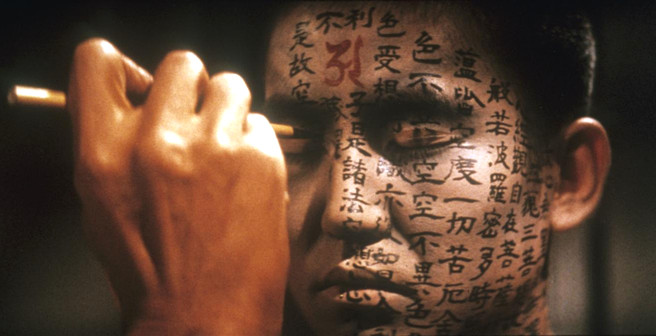
It’s commonly thought that only those films that are considered to be conventional and constantly praised by mass media are the only ones that are great films. However, there’s a large number of great films that have been overlooked or simply rejected by the audience. The rejection is the result of viewers not being prepared for the new, unique, eccentric, or even experimental.
Sometimes people fear what they don’t know, and what they don’t know, or just simply don’t understand make them uneasy or dislike what they have behind their eyes. The new always brings something good. If we look back in time, geniuses were always regarded in a negative way, but over the years, maybe late in their life, their works ended being recognized and admired.
The problem with being too creative for the public happens in all the arts. If we take a look at the history of cinema, we see that from the very beginning, the surreal and fantastic are good ingredients in order to make a great film.
Take, for instance, Georges Méliès’ “Voyage dans la lune” (1902). If you were among the audience when this film was first screened at Méliès’s Théâtre Robert-Houdin in Paris, you might be wondering what you were watching or the meaning of what you’ve just watched. However, as said before, the film’s special effects made the audience loved it.
In this list, you’ll find great movies that’ll make you ask yourself what the dickens you are watching, and at the same time, enjoy as audiences enjoyed Méliès’ incredible films at the beginning of the 20th century.
1. Insects (2018) Dir. Jan Švankmajer
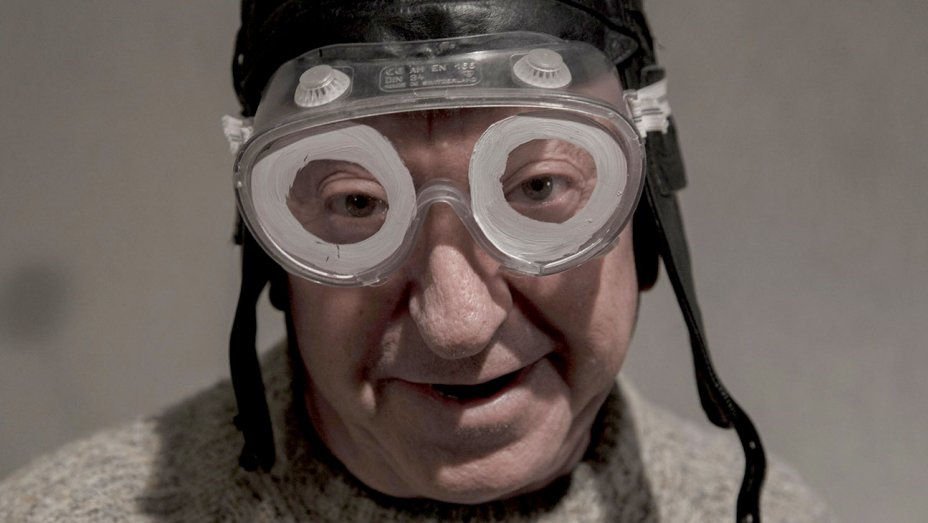
Unfortunately, the 83-year-old Czech director Jan Švankmajer has admitted that this film will be his last one. “Insects” is his return to cinema after his eight-year hiatus. Throughout his extensive career, Švankmajer has left and will leave everyone’s heads scratching and eyes wide open for surprises for years and years to come with his great and extraordinary works.
The film is based on brothers Karel and Josef Čapek’s satirical play “Pictures from the Insects’ Life” (1922). We should not mistake this film with an adaptation of the play, as the film shows a different story that has elements of comedy. In the film, a small town amateur theatre company attempts to rehearse the brothers Čapek’s play, but the Dung Beetle is late, the Parasite is asleep, and Mrs. Larva is more interested in her knitting rather than the play.
Švankmajer made a short film out of this idea in 1970; however, money wasn’t enough to create what he really wanted, which was a feature film. In 2016, he crowdfunded in order to make the film, not without difficulties since this film is neither a commercial or a blockbuster that would draw the attention of masses of viewers.
If we go back in time to the end of the Second World War and pay attention to theater, we can see that le théâtre de l’absurde, or theater of the absurd, became very popular in Europe. One example of absurdist theatre is Samuel Beckett’s play “Waiting for Godot” (1953) in which nothing really happens but a series of nonsensical conversations between strange characters who find themselves in a place where only a leafless tree stands.
It seems that the absurdism and the illogical have always been essential when artists want to give a serious message hidden under the surface of comedy, which some may consider meaningless. This film culminates Švankmajer’s career as director, so you shouldn’t miss your chance to watch the last film of a great director who has given everything to create unique films.
2. The Green Fog (2017) Dir. Guy Maddin, Galen Johnson and Evan Johnson
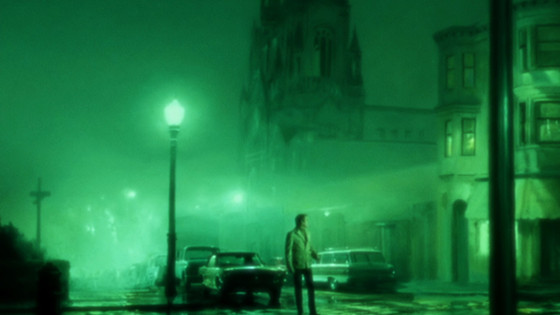
This 63-minute experimental film compiles several bits from more than 200 films and TV shows set in San Francisco. The different bits the directors included in this film range from classics such as Orson Welles’ “The Lady from Shanghai” (1947) to important pop-culture films such as “Star Trek IV: The Voyage Home” (1986), or even Chuck Norris’ “Way of the Dragon” (1972).
However, it is interesting to see that this quasi-narrative film pays tribute to Hitchcock’s “Vertigo” (1958), and although there’s only a fleeting shot from that particular film, the film has a Hitchcockian flavor that helps the viewer to be immersed in this mysterious and fascinating film.
“The Green Fog” is one of those films that will never be classified because what the viewers experience makes them feel as if they were on an emotional roller coaster, and films as unique as this one, while sometimes too experimental for regular cinema goers, will never leave anyone indifferent. The lack of dialogue, the soundtrack, and the selected scenes make this film not only immensely gripping, but also funny.
The dizzying assemblage of films and TV series create a cinematic fantasy in which the key element to create an atmosphere of mystery is the green fog, which has an unknown origin and effect on the characters. The fog spreads all over several scenes, and in the scenes in which the fog appears the sense of nonsensical is highlighted.
Both the editing and the special effects of the fog are very attractive, but the cuts tend to mostly avoid dialogue, giving a feeling of watching non-coherent film. The viewer watches wordless confrontations where there’s place for a hidden meaning or even flirtation. As the viewers continue watching the film, it becomes funnier, and they grow accustomed to random scenes that have no apparent relation between them.
This film will keep you on the edge of your seat, and when you least expect it, you’ll laugh trying to make sense out of the chaos.
3. The Bottomless Bag (2017) Dir. Rustam Khamdamov
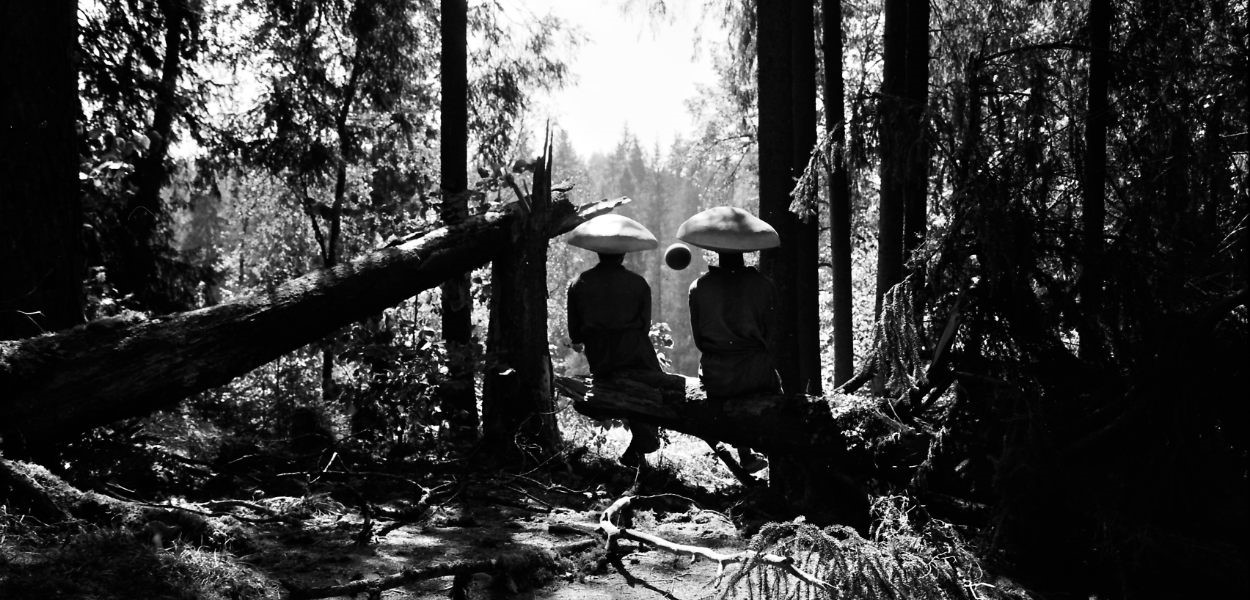
This film is an adaptation of Ryūnosuke Akutagawa’s short story “In a Grove” (1922). It should be highlighted that the story has already been adapted in Kurosawa’s “Rashomon” (1950), and what Khamdamov did was make a Russian version.
While in Akutagawa’s story, a woodcutter finds a common man’s body in the woods, in Khamdamov’s black-and-white film, the story of a 13th century Czar’s son who got killed in the woods under unknown circumstances is told to Tsar Alexander II by a lady-in-waiting. The viewer finds in the film fairy tale characters who shed light on the event, giving different details of the terrible death.
Furthermore, you find several references to European culture, silent cinema, and Russian mythology. For instance, the Russian witch, Baba Yaga, who has associations with wildlife and helps or hinders people she seeks or encounters, enriches the film with an interesting touch.
Nevertheless, what stands out above the plot is the visual environment. This film is so visually stunning that it’s almost impossible to take your eyes off the screen while you’re watching the beautiful texture of fabrics or the magical landscapes. Moreover, it’s interesting to know that this film was shot on location in an abandoned castle in St. Petersburg.
If you loved Alexander Sokurov’s “Russian Ark” (2002), this film is a good recommendation if you’re a fan of beautiful and visually stunning films you can watch them even on mute.
4. En attendant les barbares (2017) Dir. Eugène Green
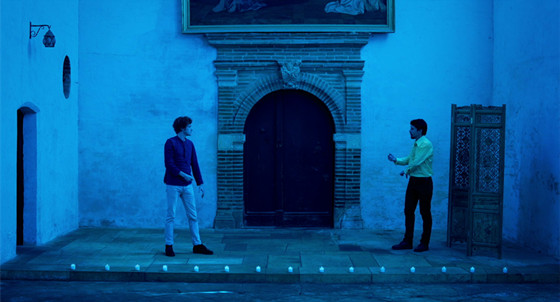
Late at night, a group of six strangers look for shelter and end up knocking on the door of the home of a sorcerer and a sorceress. This group of strangers consists of a skeptic politician who feels disdain for art, a paintress who’s unable to paint, an infertile couple, a young poet, and a young outcast who refuses to work at his dead father’s factory.
In this mysterious place where the sorcerer and the sorceress live, the strangers intend to hide from the imminent arrival of the barbarians, which had been previously forecasted by social media. They’re accepted under the condition that they must surrender their technological devices in the entrance of the magicians’ home.
During the night, the six strangers learn to return to the present and live their destinies. Each of the six strangers are unknown between each other, but once they leave their technological devices, they start to really connect between them. This film criticizes the new technological world in which we live in. The cold and inhuman social networks have replaced the philosophical essence of humanity, and for this reason, the human being needs to forsake the increasing technological consumption.
“En attendant les barbares” is an unclassifiable hybrid between cinema and theater. What the viewer finds in this film are Green’s recurring themes, such as the search for beauty and wisdom. However, not only beauty and wisdom are important, but also history and art are considered to be the spearhead of humanity by the director. In this movie, wisdom tries to hide from the chaos of a technological world, and the only weapon able to save humanity from the technological dependence is art, so many references are made to painting, literature, and theater.
It should be highlighted that this film was born out of an acting workshop for young actors held in Toulouse, so what the viewer finds is an unusual and stylized acting. In this film, we’re able to see that acting is not as relevant as what is said and the images the film shows.
5. Magical Girl (2014) Dir. Carlos Vermut
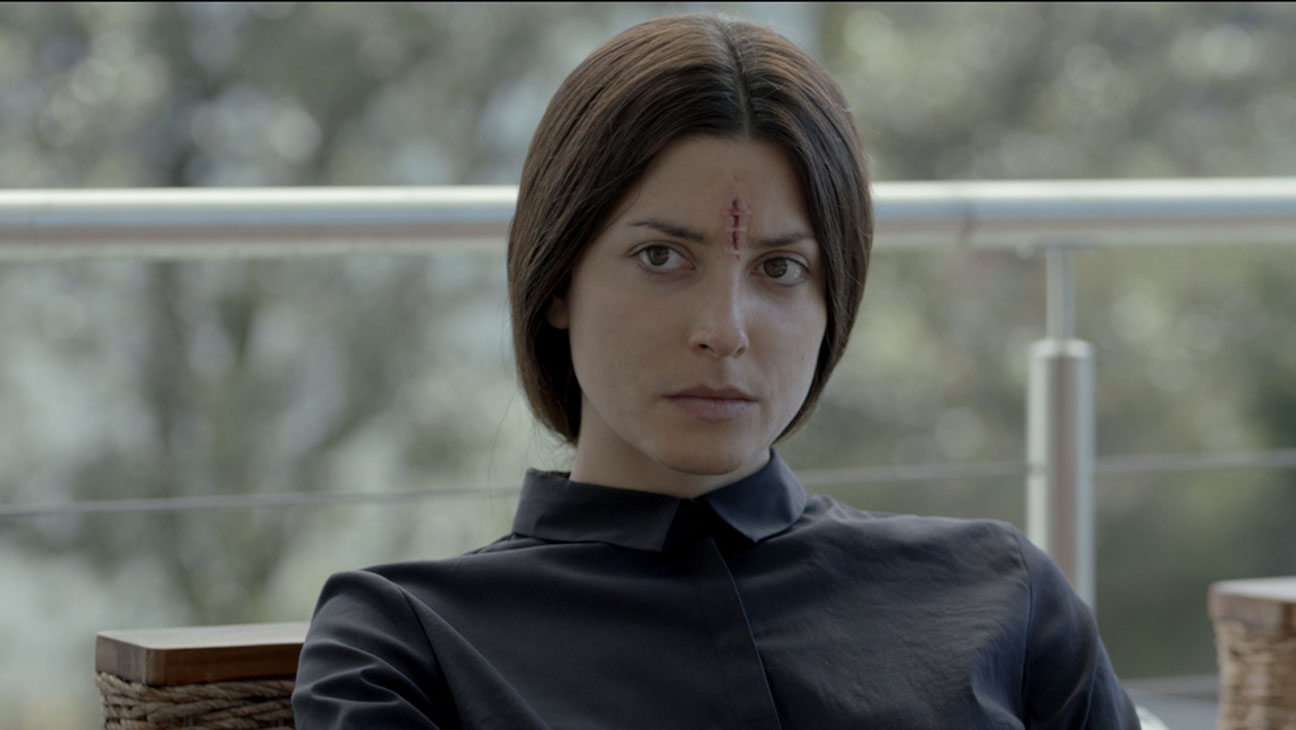
Carlos Vermut is a young Spanish promising director who’s mainly known for his second film, “Magical Girl.” If you hadn’t had the chance to watch his first film, “Diamond Flash” (2011), in which the director mixes genres such as superhero films, drama, comedy, and mystery, you should give that great film a chance, too. Some of the above mentioned elements are also included in “Magical Girl,” but this film shows the dark side of human beings, what we’re able to do in order to get what we think others expect from us, and the pain we inflict upon others when we act impulsively.
Luis is an unemployed literature teacher who ends up blackmailing a woman to fulfill the wish of his terminally ill daughter. Luis’ daughter, Alicia, is completely obsessed with the official costume of the anime series “Magical Girl,” which Vermut admitted was based on Sailor Moon.
As Luis pleases her daughter buying her the expensive costume, he realizes that the costume is not enough for her, she needs a more expensive additional element, a magical wand. Luis thinks that what she needs can be bought, yet, we see that what Alicia needs cannot. Luis’ obsession with wanting Alicia to be happy makes him forget about what she really needs: the love of a father.
“Magical Girl” not only shows the terrible things we can do when we are desperate, but also how we forget the most essential and simple things of life. Luis goes into a downward spiral of blackmailing in which others get involved. Vermut admitted that when he made this film he was interested in showing “the obsession, revenge, desire, amour fou, redemption, guilt, and moral paradoxes.”
This film was screened at the 2014 San Sebastián International Film Festival, where it won a Golden Shell. It should also be underlined that Bárbara Lennie won the Goya for best actress.